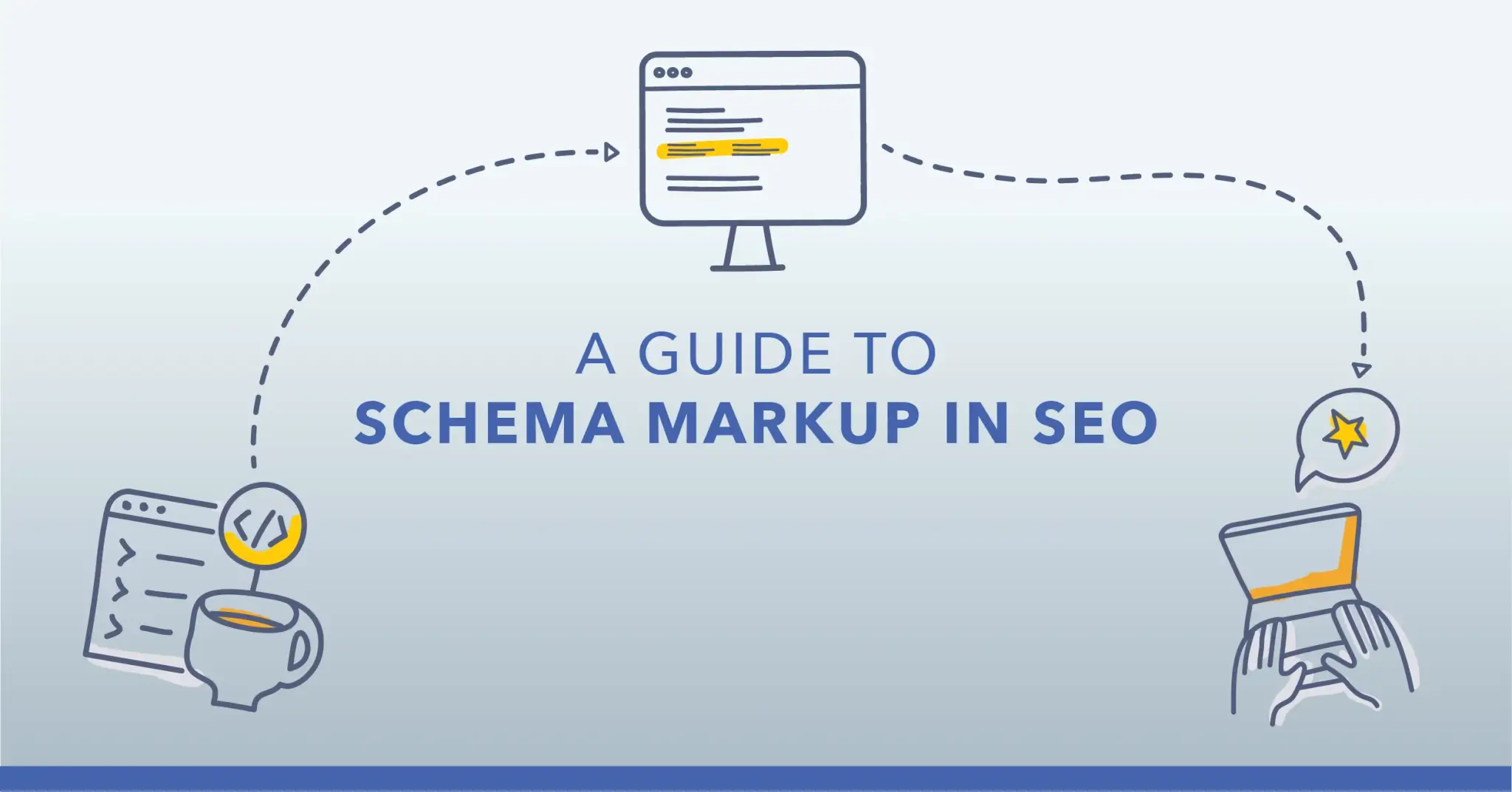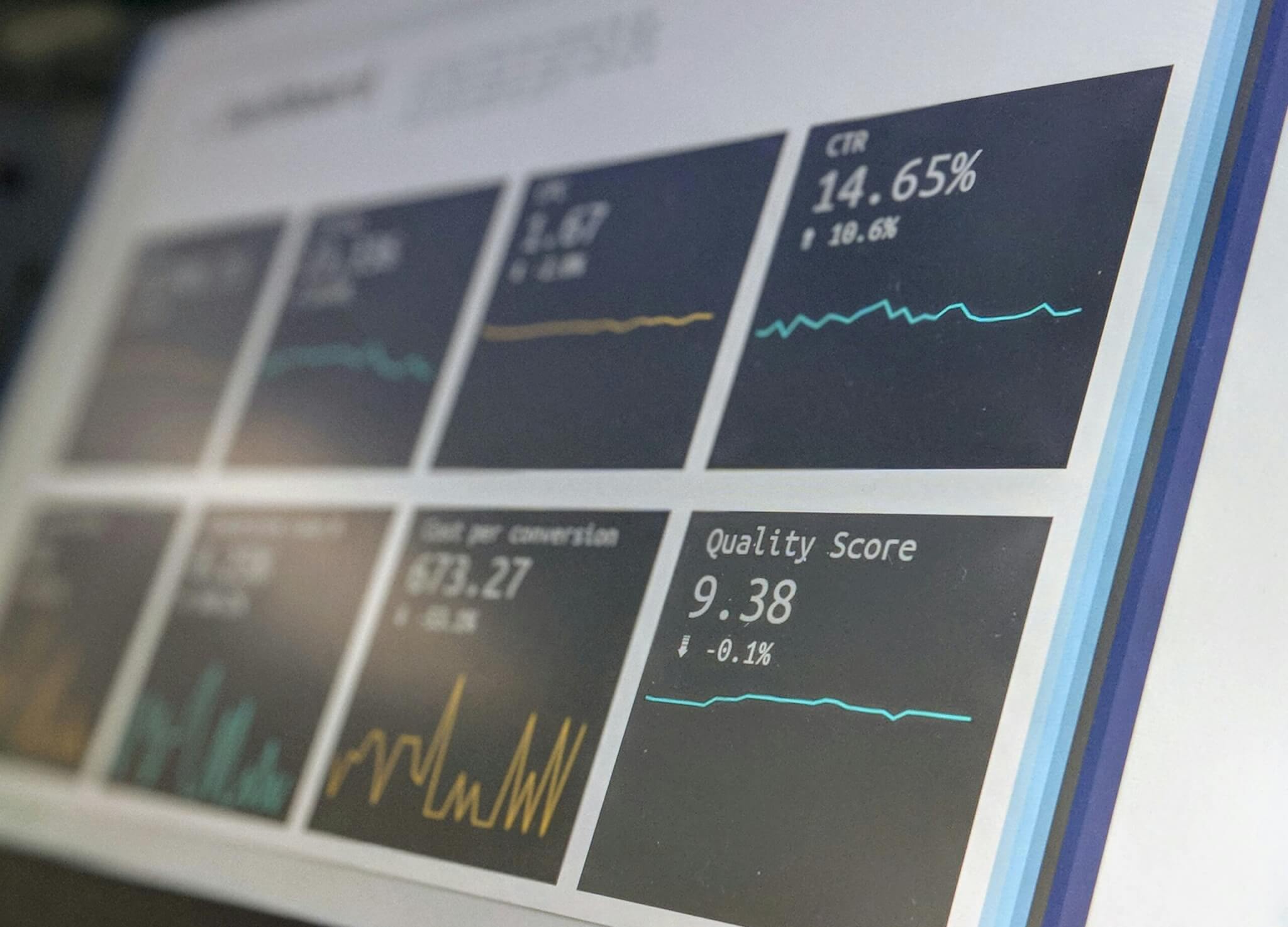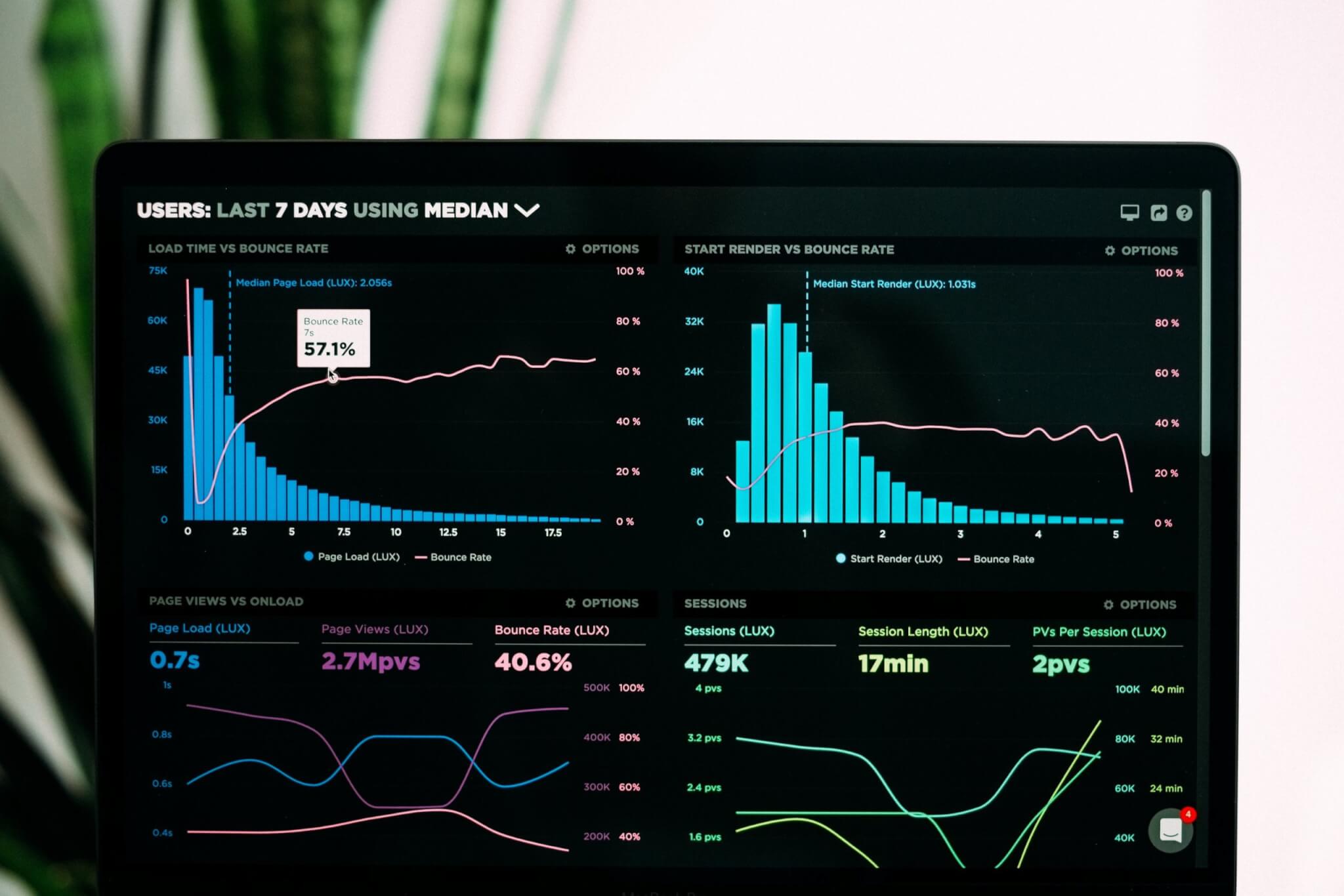Running a successful link building campaign is the key to ranking and growing your traffic organically. Gaining links tells Google that you’re trusted by quality websites and builds your website authority. If you want to appear at the top of search engine results pages (SERPs), then you’ll need to establish yourself with some great links. But with every website wanting high-quality links, where are you to start? And why should you get the links over your competitors? Let’s explore how to build a successful link building campaign.
What is a link building campaign
A link building campaign focuses on gaining links from high-quality websites. The campaign is the process and strategy by which you obtain these links. You’ll have to plan and prepare before launching a link building campaign, which you really might want to consider hiring a professional for. A link building campaign involves the following:
- Setting a goal for the campaign
- Assessing your target websites
- Creating high-quality, relevant and informative content for sites to link to
- Carrying out extensive outreach
A link building campaign is a long-term process of acquiring links to boost your website authority. So, how do you go about launching a link building campaign?
How to create a link building campaign
Before starting your outreach campaign to obtain those all-important links, you need to carefully plan the process. Let’s take a look at the key steps for a successful link building campaign:
Step 1: Set your goals
Ask yourself: what are you hoping to achieve from this link building campaign? Some common goals might be:
- Improving your SEO and overall search rankings
- Raising awareness of your company with link building via PR
- Building relationships with similar companies in your industry
Defining your key goal will help drive your campaign forward and gives you something to focus your efforts on.
Step 2: Choose your assets
You want to get more links — that’s great! But what exactly do you want people to link to? Defining some key assets that sites want to link to is important. These assets need to be unique, relevant, high-quality and hook in potential links. Here are some examples of great assets:
- Ultimate guide blog post content
- Infographics
- Statistics
- Research
- An expert comment
But what happens if you’ve got loads of great assets — how do you choose? Try focusing on the following:
- Posts that perform well — check your analytics.
- Posts that are already getting links — which shows that sites already find the content useful.
- Assets that are relevant to the sites you wish to target.
- Content that is easily shareable — infographics, unique content etc.
Step 3: Define your link targets
The most important part of creating your link building campaign is selecting which links you wish to target. Here’s how to figure out which links you should for:
- Define your target audience
- Figure out what content you and your target audience have in common
- Where does your target audience live? Who are they and where do they spend their time?
Once you’ve got a clear idea of your target audience, it’s time to do a backlink audit.
Backlink audit
Using an SEO tool, you can carry out a backlink audit, which reports on all the links that currently link to your website. This can help identify the types of websites that are currently linking to your site, highlighting any future opportunities. It’ll also reveal any potentially harmful sites that are linking to you, so that you can fix this before embarking on a new campaign.
Domain metrics
Most SEO tools will also report on domain metrics, which measure the value of the link by looking at things like domain authority. This will enable you to prioritise your outreach to the most relevant and authoritative websites.
Step 4: Outreach
You can now start contacting those link targets and get those quality links. Email is the most popular outreach tool, but contacting them via direct or private messages on social media accounts can also be effective.
Make sure you create a message template or outline before starting your outreach as this will make your life much easier! Never just copy and paste this email, always personalise it to the contact or website you’re speaking to. And always proofread before sending! Here are some key things to include in your outreach email:
- The content you want them to link to and why it’s relevant to them — this is where you can personalise and talk about their content.
- How this could add value to their content — be specific!
- A call to action at the end, don’t let them forget what you’re asking for.
Don’t be afraid to send out a follow-up email one or two weeks after your original email. This reminds them of your request and will stop your email from getting lost.
How long does it take for link building to work?
The length of time it takes for a link building campaign to increase your rankings depends on a number of factors:
- The competitiveness of your industry and target keywords
- Whether your competitors are building links too
- The strength of your domain
This means that it can take anything from a few days to months before you see an improvement in your ranking and authority. As a result, link building should never be considered a one-off campaign. It should be an ongoing process as part of your wider strategy.
4 tips for a better link building campaign
Optimise your link building campaign for success with these handy tips:
- Share your content on social media
Your content has a much higher chance of being seen and potentially going viral when you share it on social media. If you post relevant, newsworthy and helpful content, websites might see it organically and provide a backlink without you having to reach out. It also builds your online presence as a trustworthy and credible source of content.
- Plan your content calendar in advance
Developing a detailed editorial calendar allows you to plan when to publish and promote your content. This can be great for special events and holidays to ensure your content is timely. As a result, you’ll know when to outreach for certain links and won’t be rushing as content is published.
- Approach broken links
A technique as old as time that always works — audit popular blogs for broken links. Once you find a broken link, email the website letting them know that their link is broken and offer your content as a replacement. This only works if your content is a relevant replacement for the old link, but it’s a great way to get a backlink whilst being helpful to the website you’re contacting.
- Dedicate an hour a day to outreach
As we’ve mentioned previously, link building is an ongoing process. Taking an hour a day to outreach for links is a great way to stay consistent with your campaign. Take the time to look for broken links, audit your current links, share content with websites and more. This slow and steady process will gradually improve your ranking over time.
Link building is one of the most effective ways to improve your site authority and rank higher on Google. Just remember that the process requires a great deal of time and patience. If you’re low on those and fancy the help of an expert team, we offer a link building service that will help make a real difference to your search ranking.












































